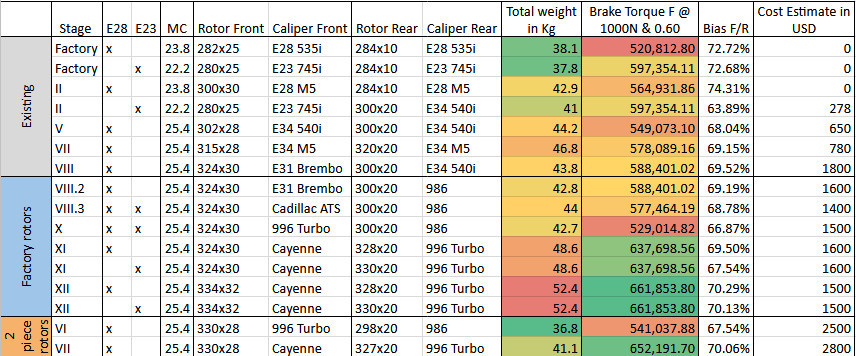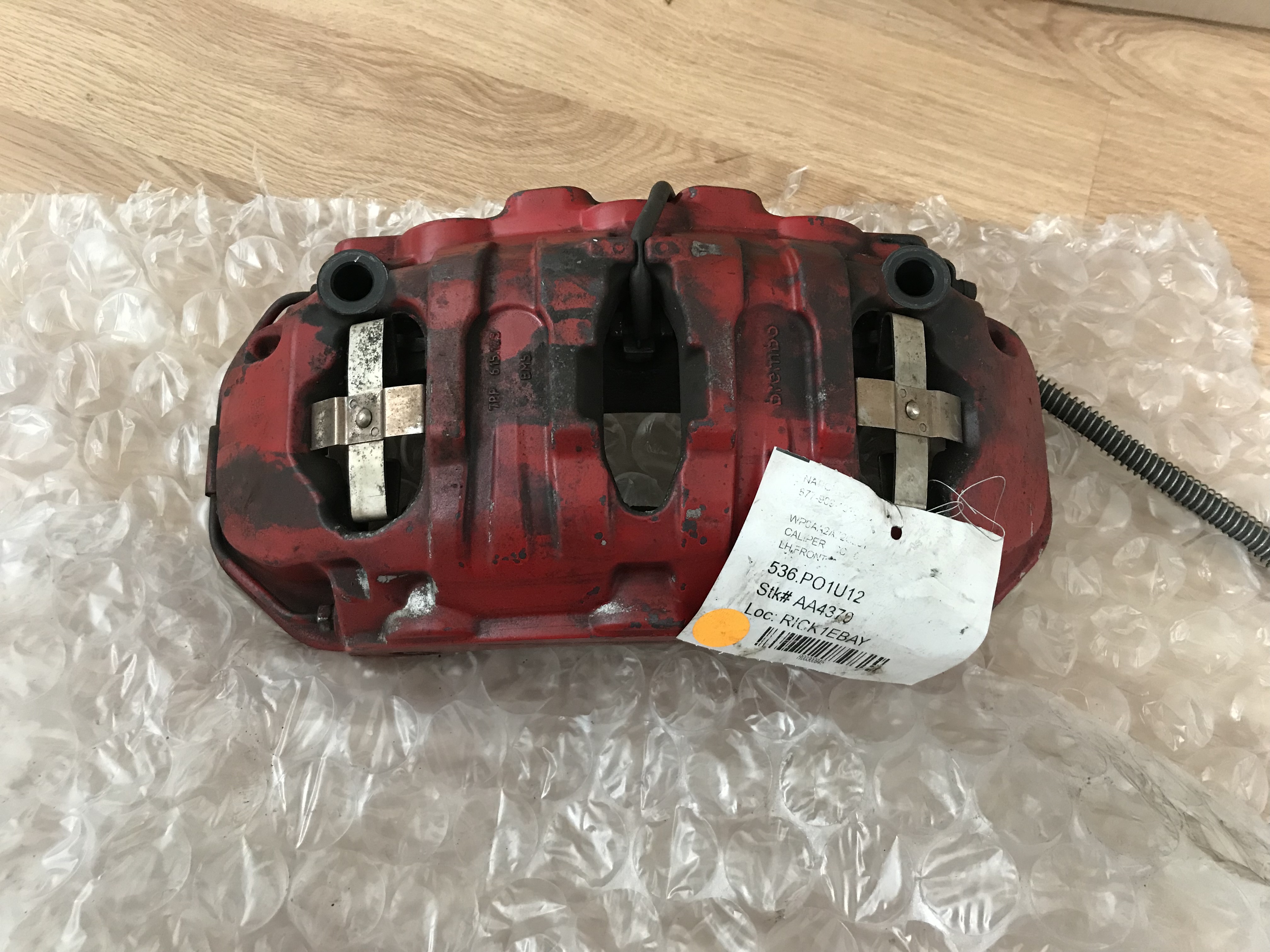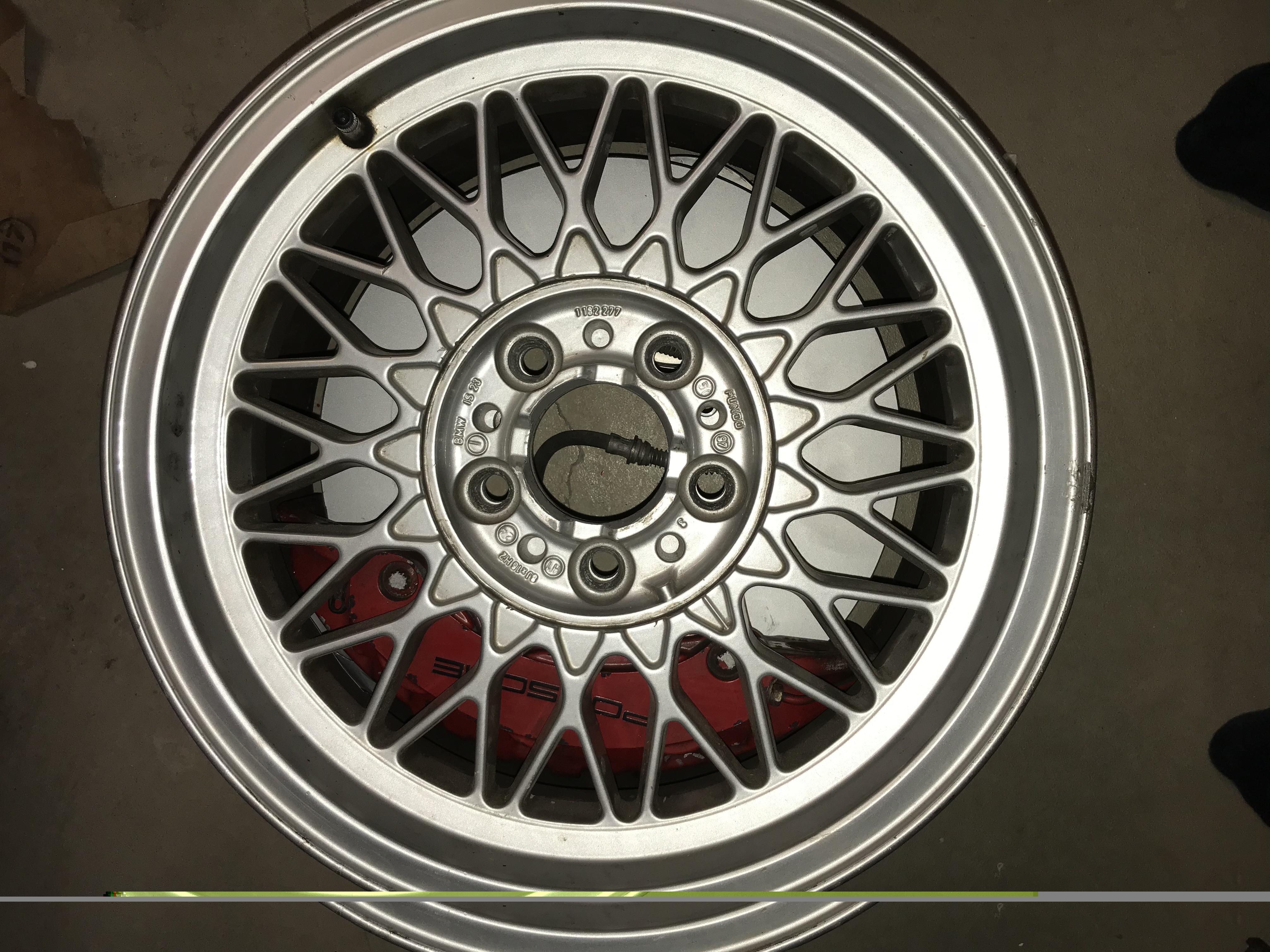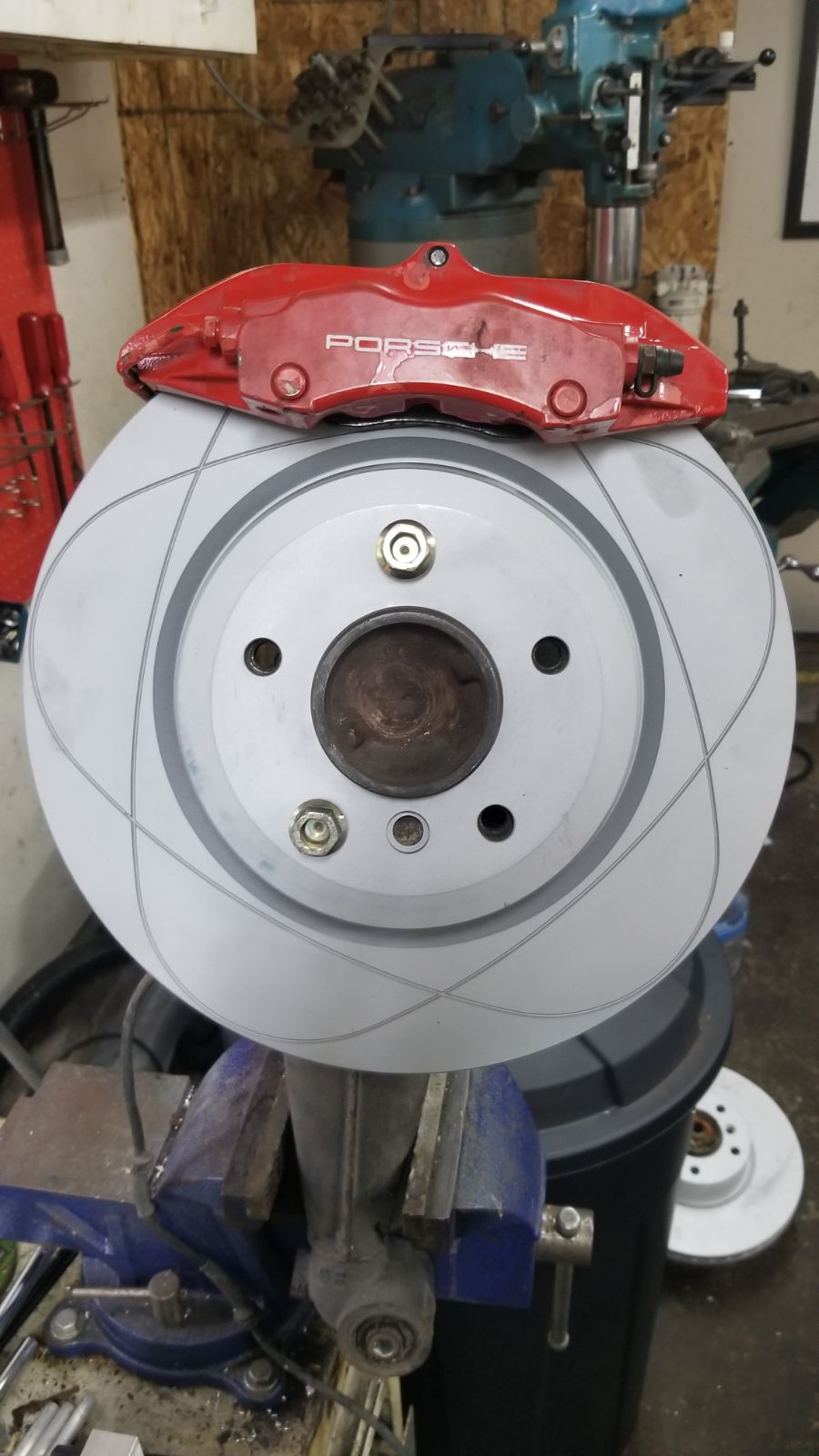Thradya wrote:BenGerman wrote:

Am I reading this incorrectly? It seems like 745i's brakes are rather decent and upgrades don't make much sense from price/performance perspective? Or the upgrades fade way less or something?
You are reading it correctly in regards of the brake torque.
There is a couple of factors influencing the brake torque.
The explanation for the high torques for the E23 system are based on the small diameter of the master cylinder.
The E23 only runs a 22.2mm Mc, while E28s have 23.8 and E34s have 25.4mm.
The smaller the surface Area of the MC piston, the higher the pressure in the brake like, the higher the pressure on the caliper pistons, the higher the brake torque.
The question is now: why not just run the 22.2mm MC in every setup?
Ultimately the stopping of your car is defined by a couple of things. If you just reduce the diameter of your Mc, your pedal travel will increase significantly. The feeling you get when braking is basically the amount of brake fluid that you move through the lines at the same time, trying to displace the volume of the caliper piston(s).
That’s why a lot of people like to do the upgrade to the 25.4mm Mc on the E28. The ultimate brake torque is decreased, but the brakes can be modulated way better by the driver.
The same thing is being done by a lot of Porsche Track Guys that upgrade the factory MC with 25.4mm ( for 911 Turbo, Cayman, Boxster and so in) to the MC of the 911 GT3 which is 27mm in diameter.
The more piston area you have, the more you will have to compensate the increased fluid flow with a bigger MC.
In regards of the E23 brakes you are right. The rotors are only 284mm in diameter, the pads have a very small surface area. Both of these factors are mayor contributors to brake fading.
Also the available pad choice is very limited.
Which brings me to the last point: friction coefficient of pads.
This is one of the main contributors to increase brake torque.
All my calculations are based on a friction coefficient of 0.4, which according to my research is an average number for factory brake pads.
If you choose to go with a full blown race pad (let’s take the Hawk DTC-70) your friction coefficient at temperature can be as high as 0.85. With that being said, the friction coefficient under normal operating temperatures (street driving) is even lower than 0.4, which is reached at around 370 F pad temperature.
Now if I take the friction coefficient of 0.85 and combine it with the cayenne calipers and 324mm rotors I can increase the brake torque from 638kNmm (yes, I just realized the error with my list, using the wrong units, i didn’t convert mm to m, therefore we will go with Nmm for now) to 1,355kNmm. That would be almost
triple the original torque of a 535i front brake. Imagine what that feels like, given everything else stays constant.
The Brake torque number is mainly there to compare the front to rear Bias, as it is based on the assumption of a 1000N input force on the MC, which is defined by the operator and pedal leverage. This can also be affected by the MC size, which defines the position your pedal stiffens up and therefore the position of the pedal where you are appliying the pressure.
Hope that helps to clarify the technical background a little bit.















